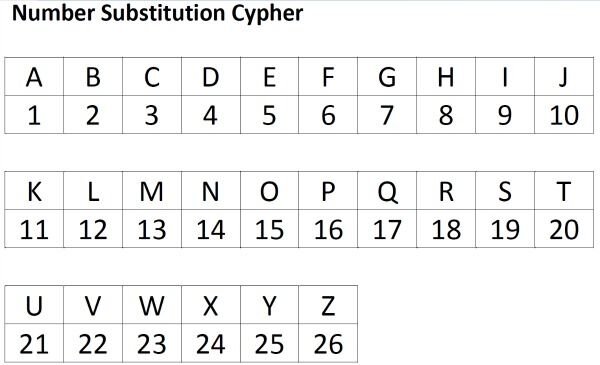HCC IIED Presentation
Escape Room Inspiration
I began this project as an Innovation Fellow at HCC. The gamification of learning is a particular interest of mine, and I was keen to provide a novel and accessible way for other HCC members to utilize and participate in it.
Research
For the blog “Classtime”, Nate Ridgway writes that classroom engagement significantly increases with the use of escape rooms. He argues that “ultimately, when it’s done right, a digital escape room doesn’t compromise the skills or content that you’re trying to teach. Instead, it makes them more attractive, and thus, more memorable.” My experience with active learning supports this supposition.
The article “Escape education: A systematic review on escape rooms in education” explores the use of educational escape rooms. The authors posit that “unlike recreational escape rooms, in educational escape rooms players need to reach the game goal by achieving the educational goals.” They also argue that there “is a discrepancy in perceived and actual learning of content knowledge in recreational escape rooms” and recommend “more alignment in game mechanics and pedagogical approaches.” This is what I seek to do.
At the University of Surrey, library services utilized an escape room to orient new students to library offerings. The authors of “Escape the welcome cliché: Designing educational escape rooms to enhance students’ learning experience” conclude that students responded positively to the activity and indicated they found the library less daunting. The escape room was particularly helpful in providing a fun experience for students at the onset of their higher educational studies. I hope to deliver a framework that does not simply benefit disciplinary instructors, but is useful to student services and other parts of the school.
In “escapED: A Framework for Creating Educational Escape Rooms and Interactive Games For Higher/Further Education,” the authors say that their “findings so far have indicated that there is a high level of interest from higher education staff on how to develop these experiences for their own teaching practice.” I believe staff would be interested in employing an escape room if they knew how to utilize it.
Virtual Option
I played this version, which I customized to the content we were covering, in Breakout rooms for my online-on-a-schedule classes. You can find a customizable module like the one below in Canvas Commons here.
Let’s Play
Solve the mad lib. This paragraph is taken from the article "Milestones: 1771-1783, Articles of Confederation (Links to an external site.)." You'll have to figure out which one, then fill in the right words! Use the words to help you figure out the next clue (a 7-digit number, altogether, no spaces). See the number substitution cipher on the next page of the module if needed.
As you know there are 26 letters in the American alphabet so Z would equal 26 because it is the 26th letter in the alphabet.
A B C D E F G H I J K L M N O P Q R S T U V W X Y Z
1 2 3 4 5 6 7 8 9 10 11 12 13 14 15 16 17 18 19 20 21 22 23 24 25 26
Overview
OUTCOMES
For the Escape Room, the Student Learning Outcomes are as follows. In this case, “subject” can refer to discipline, topic, training resource, etc.
After completing the Escape Room, the participant will…
· Remember factual data about the subject.
· Understand connections about the subject.
· Apply their knowledge of subject concepts to answer questions.
· Analyze the clues to solve puzzles.
· Evaluate the best way(s) to work in a group.
· Create solutions to complex problems.
TOOLS
You can check out a kit for use! There will also be a permanent location at the West Houston Institute.
We have pieces that were created in the IdeaStudio: butterfly box, rotating cipher, and a jigsaw puzzle. Other physical objects include a trunk, some locks, a combination box, a rotary phone, and some decorative items (such as 3-D printed objects and books that serve as red herrings).
There will be an accompanying Canvas shell. This will contain instructions, resources, game play structure, and a sample game. This will be dropped in the Commons so that other faculty and staff can tailor it to their needs.
ACTIVITIES
Game Play: To start, participants are broken into small groups, informed of the theme, and given directions. Participants must solve puzzles and find clues to exit the first section. For example, participants find hidden numbers that become codes to unlock boxes, use their content knowledge to solve riddles, and utilize ciphers to find thematic code words. Game play continues through section 2 and 3, until the final task is completed.
INTENDED IMPACT
I hope the escape room format will provide an engaging way for groups to come together and experience their subject in a new way!
Interested?
Please fill out this short form so that I can keep you updated on the project!





